 |
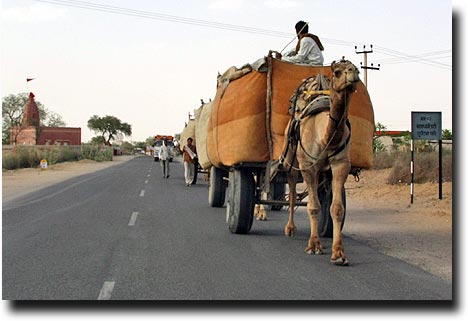 |

Unlike most Rajasthani forts, it is not perched on a hill or cliff for defense – the expansive Thar desert was enough to dissuade any invading army. It is surrounded by 3,235 feet of sandstone walls with 37 bastions. It has never been conquered, so clearly the Thar is doing a great job! |
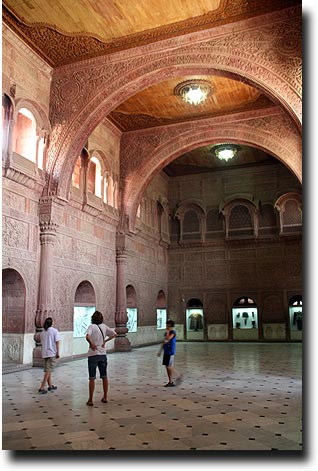 |
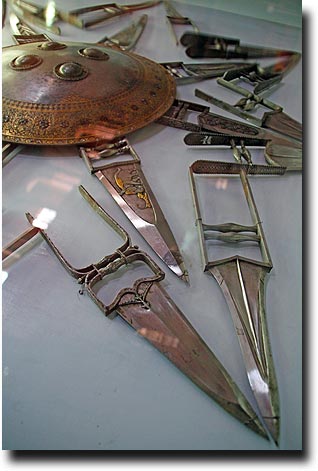 |
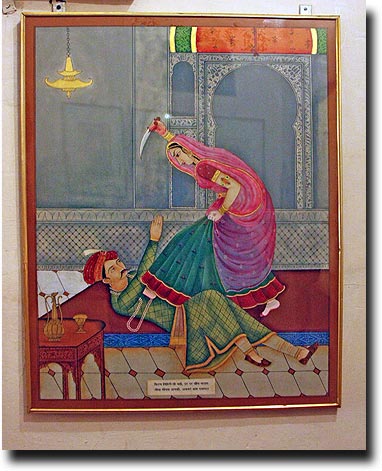 |
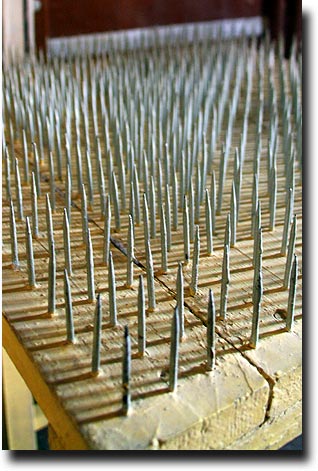
|


This fort had more modern stuff, too, which entertained Breck; the last Maharaja was an active member of the Army and his plane, medals, and weapons are all on display.  |
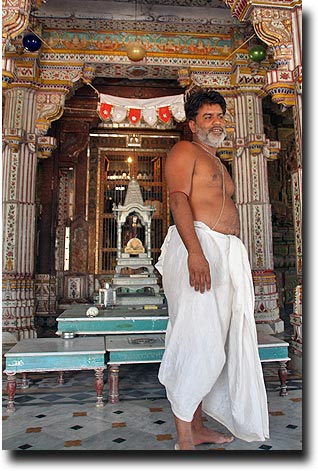 |
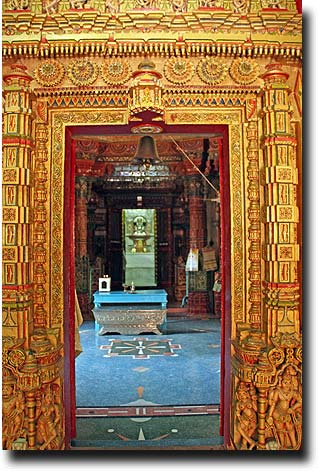 |
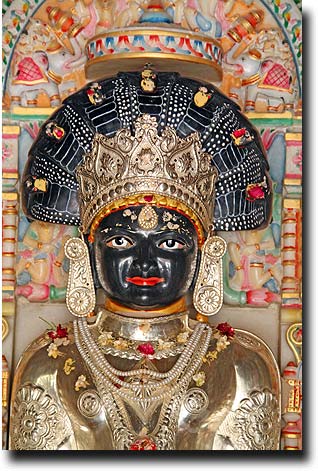 |
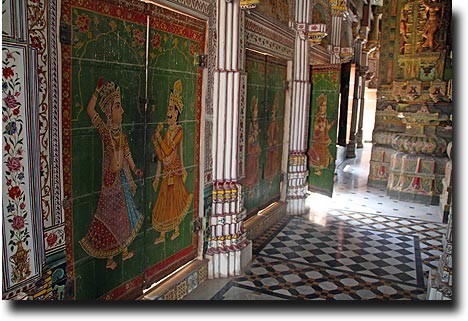 |
 |
 |
 |
|
|
|
||
 |
 |
|